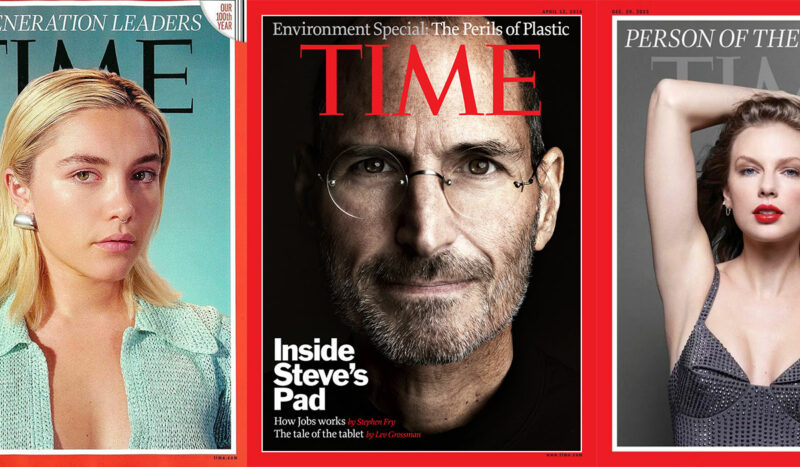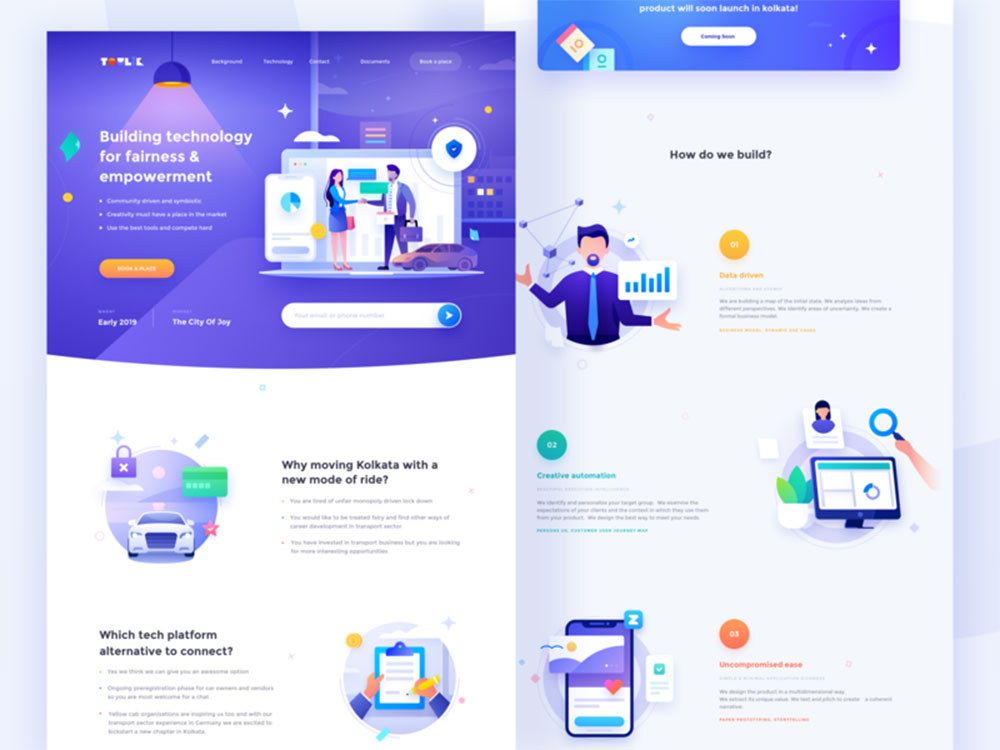Can DevOps be Beneficial for Design and UX?

In the ever-evolving realm of software development and IT operations, the relationship between design and user experience (UX) has become increasingly crucial. Traditionally, designers and UX experts were perceived as distinct from the development and operations teams. However, the emergence of DevOps has blurred these lines.
DevOps, an amalgamation of “development” and “operations,” is an innovative approach that seeks to foster collaboration, communication, and integration between these two domains. In recent years, the intersection of AI and DevOps has further enriched this collaboration, promising a host of benefits for design and UX. In this article, we will explore the potential advantages of integrating DevOps with design and UX practices, and how AI plays a pivotal role in enhancing this synergy.
Understanding DevOps
Before delving into the potential benefits of DevOps for design and UX, let’s gain a better understanding of this transformative methodology. DevOps is a cultural shift and a set of practices that emphasize collaboration, communication, and automation between software development, IT operations, and quality assurance teams. The primary goal of DevOps is to achieve seamless and continuous delivery of software while maintaining high quality and stability.
DevOps promotes a feedback-driven development process, where continuous integration and continuous deployment (CI/CD) pipelines are established to automate the building, testing, and deployment of software. This rapid and iterative approach aligns well with the iterative nature of design and UX processes.
The Role of DevOps in Design and UX
Traditionally, designers and UX experts have worked in silos, often separated from the development and operations teams. This segregation can lead to miscommunication, delays, and conflicts during the product development lifecycle. Here’s where DevOps can play a crucial role in bridging these gaps:
- Faster Iterations and Deployment: DevOps facilitates a faster development and deployment cycle, enabling designers and UX experts to see their work implemented quickly. By providing a real-time feedback loop, they can make rapid iterations based on user feedback, leading to a more refined product.
- Collaboration and Cross-Functional Teams: DevOps encourages the formation of cross-functional teams, where designers, developers, and operations personnel work together. This collaboration fosters a better understanding of each other’s perspectives, resulting in a more holistic and user-centric approach.
- Continuous User Testing: Integrating UX testing into the CI/CD pipeline allows for continuous user testing, ensuring that the design and UX decisions are validated by real user feedback. This helps in identifying and rectifying issues early in the development process.
- Improved User Experience: With a DevOps approach, teams can continuously gather user data and insights, allowing them to identify pain points and friction in the user experience. This data-driven approach enhances the overall UX of the product.
AI and DevOps for Design and UX
The emergence of AI has revolutionized various industries, and its integration with DevOps is no exception. AI brings advanced analytics and automation capabilities to the development and operations processes, augmenting the benefits for design and UX in the following ways:
- Data-Driven Design Decisions: AI-powered analytics tools can process vast amounts of user data and provide valuable insights to designers and UX experts. By analyzing user behavior, preferences, and patterns, AI can assist in making data-driven design decisions for a more personalized user experience.
- Automated Testing and Quality Assurance: AI-driven testing tools can automatically test the application’s usability, performance, and security, identifying potential issues that might affect the UX. This reduces the testing burden on the development team and ensures a smoother user experience.
- Predictive UX Design: AI can analyze user interactions with the product and predict their preferences, enabling designers to create more personalized and intuitive interfaces. This leads to improved user satisfaction and loyalty.
- Chatbots and Virtual Assistants: AI-powered chatbots and virtual assistants can enhance the user experience by providing instant support and resolving queries. Integrating these AI technologies into applications can lead to better user engagement and retention.
Conclusion
The integration of DevOps with design and UX practices holds immense promise in the world of software development. By fostering collaboration, enabling faster iterations, and promoting a user-centric approach, DevOps enhances the overall quality of design and UX. Furthermore, the integration of AI into DevOps further augments these benefits, allowing for data-driven design decisions, automated testing, predictive UX, and enhanced user support through chatbots and virtual assistants. Embracing the symbiotic relationship between DevOps, design, UX, and AI is the key to developing innovative, user-friendly, and successful software products in today’s dynamic and competitive market.
- How To Find A Font: Top Font Finders To Use - 16 May 2024
- The Guinness Logo History, Colors, Font, And Meaning - 15 May 2024
- Vibrant Orange Color Palettes for Energetic Designs - 15 May 2024









